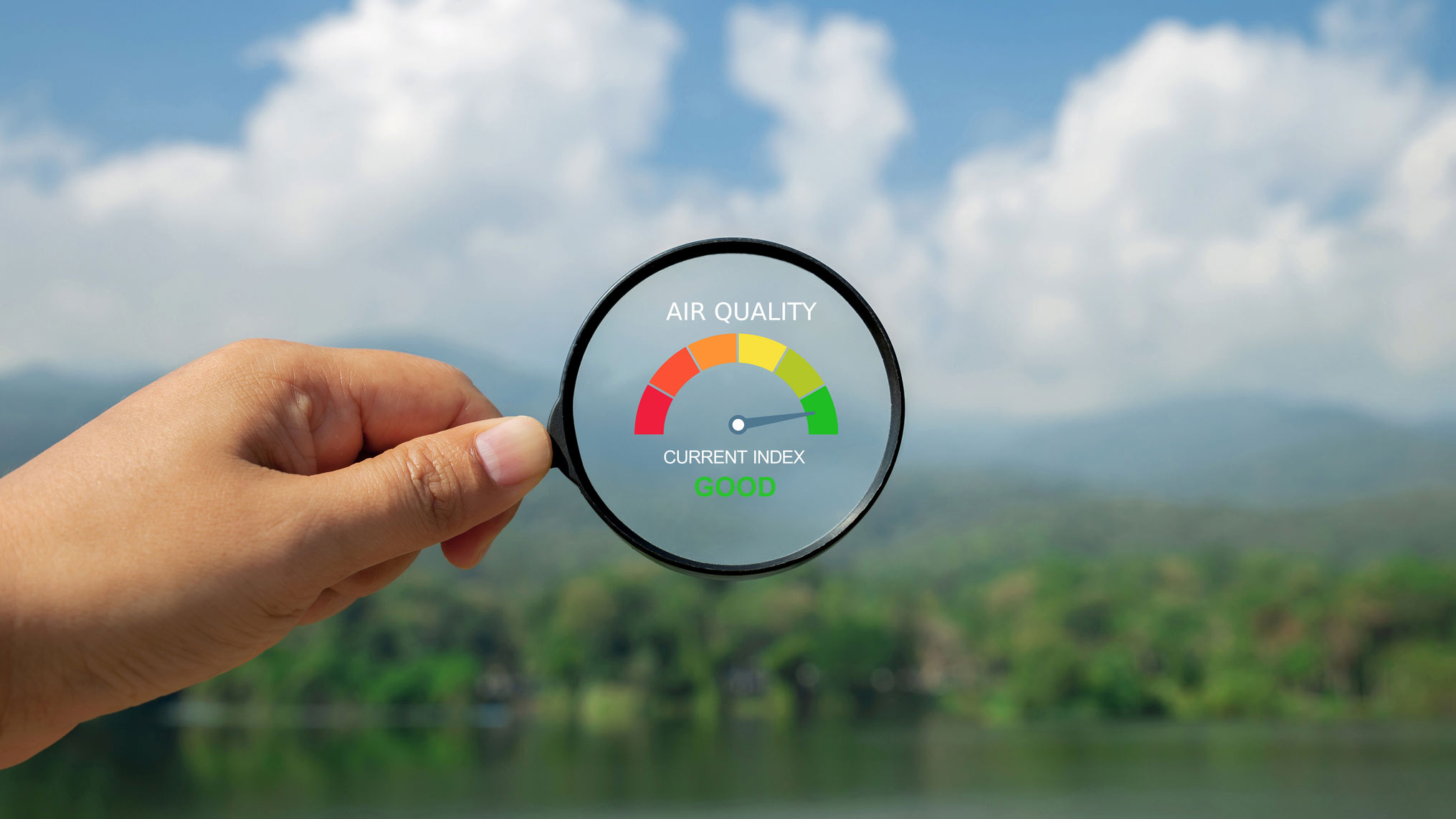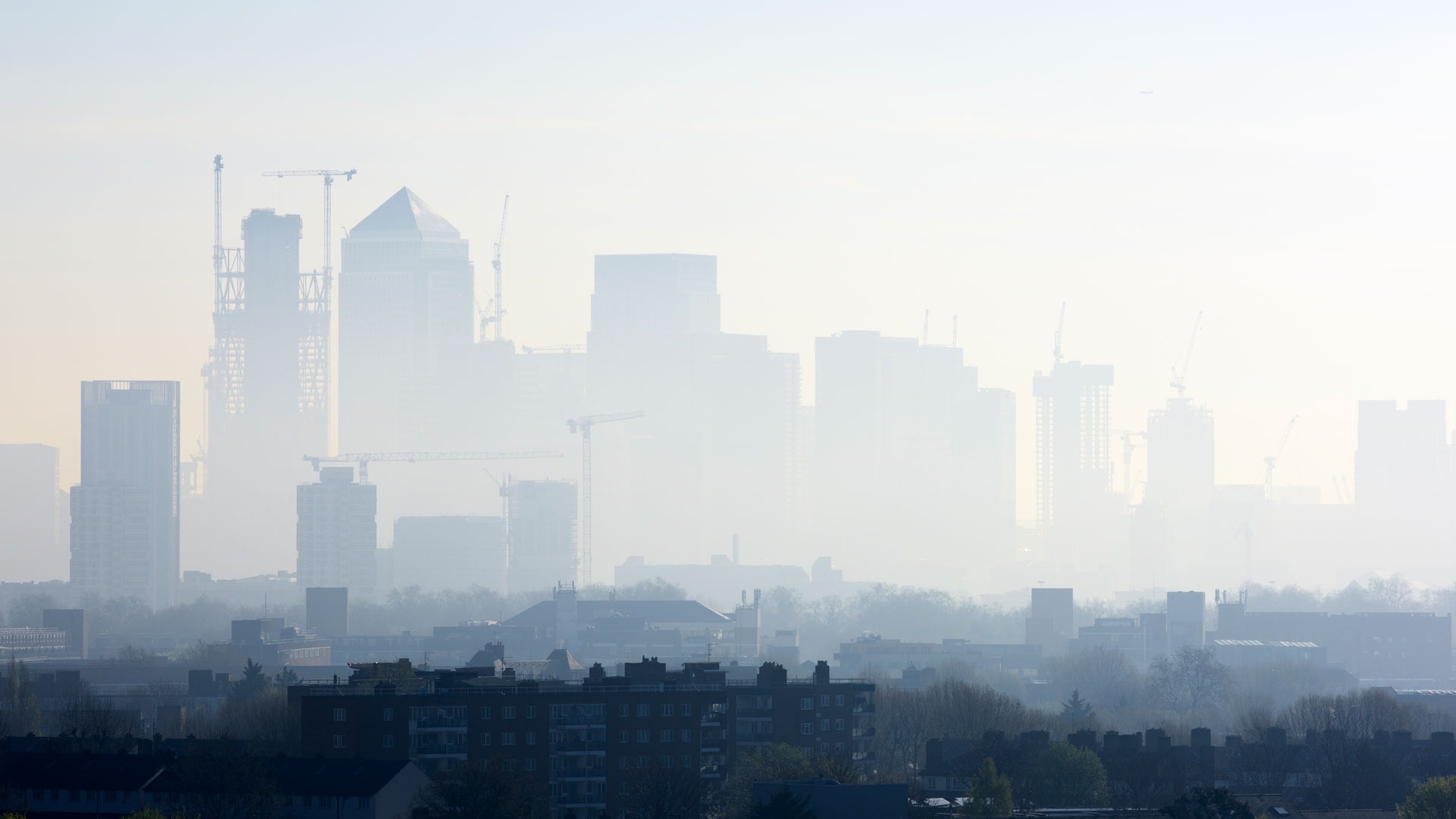What is the Air Quality Index?
What is the Air Quality Index and what exactly does it refer to?

The Air Quality Index (AQI) is used by various government agencies to report how clean or polluted the air is in your area. For example, you may have spotted this metric popping up in local weather reports and news outlets. The AQI can also be used to assess air quality in your home or workplace — most indoor air quality monitors rely on it, and so do many of the best air purifiers on the market. But what exactly is the Air Quality Index, and how useful can it be for monitoring air pollution?
Put simply, the Air Quality Index is a tool to communicate information about real-time and predicted air quality, and to warn against potentially harmful air pollution events, Chloe Fellows, founder of Haze Environmental, a specialist air quality consultancy based in Worcestershire, U.K., told Live Science by email.
The AQI uses a color-coded scale that ranks pollution levels from 0 (low) to 500 (very high), making it easier for people to understand air quality conditions and their associated health risks, she said. For example, an AQI value of 50 or below represents good air quality, while a value over 300 represents hazardous air quality.
"The scores are accompanied by health advice, helping vulnerable populations, such as those with asthma, children and the elderly, to adjust activities during periods of high pollution," Fellows said. However, she also emphasized that the AQI does not provide guidance on the effects of long-term exposure to air pollution.
The AQI values are calculated based on the levels of five major air pollutants:
- nitrogen dioxide
- particulate matter
- sulfur dioxide
- ground-level ozone
- carbon monoxide
Nitrogen dioxide and sulfur dioxide are gaseous by-products of burning fossil fuels. Particulate matter refers to a mixture of solid particles and liquid droplets measuring between 2.5 and 10 microns in diameter — this includes dust particles and airborne allergens like pollen and mold spores, for example. Carbon monoxide is a poisonous gas often emitted by gas-powered heaters, stoves and furnaces. Ground-level ozone, on the other hand, often forms when sunlight interacts with some of the ingredients in smog. "All of these pollutants have well-documented impacts [on our health]," Fellows said.
For each pollutant, an AQI value of 100 generally corresponds to an ambient air concentration that meets the EPA's standard for the protection of public health. AQI values at or below 100 are generally thought of as satisfactory. When AQI values are above 100, air quality is unhealthy: at first for certain sensitive groups of people, then for everyone as AQI values get higher.
Get the world’s most fascinating discoveries delivered straight to your inbox.

However, it is worth noting that the AQI does have some major drawbacks. The first is limited public awareness of the tool. "The general population may not proactively use the AQI to inform their daily activities, even if it could benefit them," Fellows said. The availability of air quality data is another issue, as some rural or remote areas may have less frequent updates or fewer monitoring stations. "This can lead to gaps in local data, potentially downplaying the risks for those in less-monitored areas," Fellows noted.
Moreover, the AQI lacks a push notification system similar to the one used for emergency weather alerts, meaning people are not warned about sudden changes in air quality. "The AQI therefore requires an individual to actively seek out the information rather than receiving alerts directly," Fellows pointed out, "and the retrospective nature of the health information used to underpin the AQI means that pollution episodes are not identified in a timely fashion."
Despite these drawbacks, however, the AQI can still be a useful tool for monitoring air quality, and even more so for people with respiratory conditions.
"The AQI gives individuals who are sensitive to the effects of air pollution the opportunity to modify their behaviors and reduce the severity of their symptoms," Fellows said. "It could have a big role in protecting public health if some of its limitations are addressed."
This article is for informational purposes only and is not meant to offer medical advice.
Joanne Lewsley is a UK-based freelance writer and editor, covering health and lifestyle news and features. She mainly creates evidence-based health and parenting content and has worked with a number of global sites, including BabyCentre UK, Medical News Today, Fit & Well, Top Ten Reviews, and Yahoo!
- Anna GoraHealth Writer



